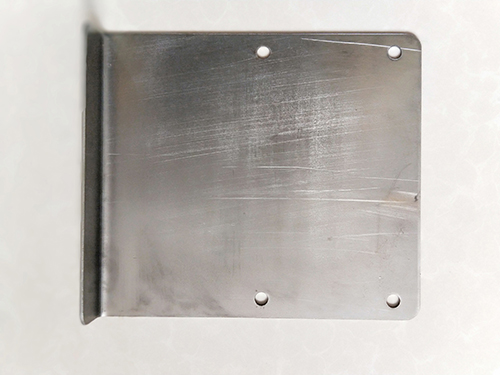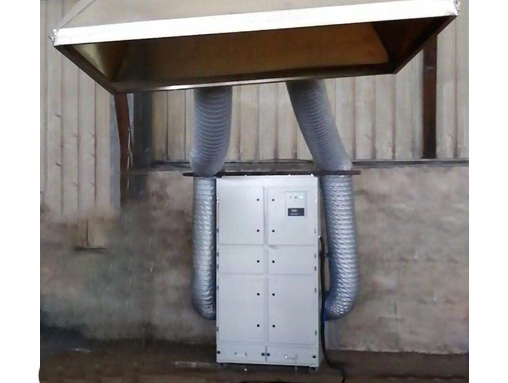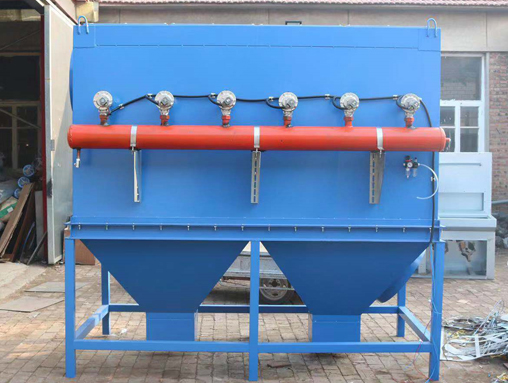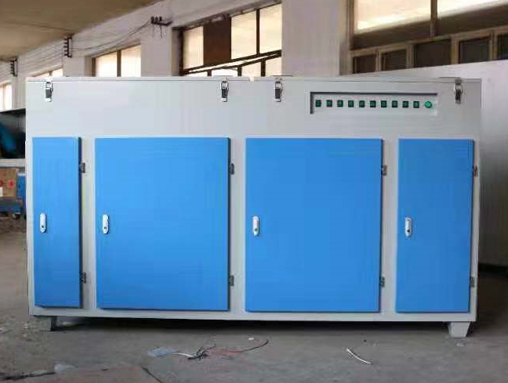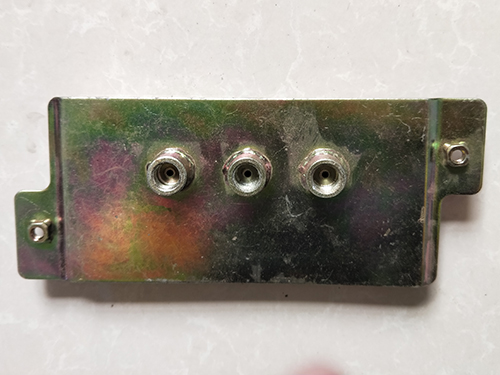Application of Pneumatic Punching Device in the Production of Automotive Stampin
1 Introduction
The automotive industry is developing rapidly, and the cycle for launching new car models is becoming shorter and shorter. The mold cycle is repeatedly compressed, resulting in a lack of product design maturity. As a result, in the later stage of product design, the tooling mold has already been cast into a solid body, and product changes such as modifying the shape or adding configurations are proposed, such as adding holes to install exterior parts. However, due to the limitations of the mold structure, it is impossible to add installation holes on the existing tooling mold entity. At this time, an online punching device is needed, supplemented by body fixtures for positioning and clamping, to increase the hole positions of the stamped parts on the welding site to meet the production requirements of the production line.
In automotive cold stamping parts; In the production process, for product changes or structural limitations that prevent normal punching of molds, in order to save mold costs, not increase the number of mold processes, and utilize equipment resources, a welding on-site pneumatic punching device has been studied, which is very meaningful for the process planning of host factories.
2. Problems and Reasons Generated
Automobile body stamping parts, especially outer covering parts, have large molds, high costs, and weak adaptability to production line equipment. In the early stage, the production process route will be determined based on forming force, number of processes, and automation requirements. In the later stage, due to product design changes, holes will be added. If the analysis is conducted on existing molds, additional processes or processing of the mold body will affect strength, and the structure cannot be realized, it will bring difficulties to process layout and mass production. The conclusion of the process analysis is that the stamping part needs to increase the hole position. The original OP50 process content was CFL (oblique wedge flanging), and it is not possible to arrange CPI (oblique wedge punching) process content at the same time. Analyzing other process contents, it is found that there is no space for the mold to arrange and increase the oblique wedge mechanism, which cannot achieve oblique wedge punching.
3 Rectification Measures
For situations where holes need to be added, there are various methods. You can either add the punching process separately or scrap the intermediate mold and add the punching process to the original process. However, both methods will increase mold costs and even the number of processes, resulting in high costs, long production cycles, and the lack of matching production lines in the host factory. The process layout is difficult and unreasonable, making it impossible to mass produce. A punching mechanism, supplemented by fixture clamping, can perform punching at the welding site. By using the positioning and fixture of the fixture, punching at any angle can be achieved. The structure is simple, the cost is low, the cycle is short, and the adjustment is convenient, which can save costs, optimize production line layout, and improve efficiency.
The working process of the pneumatic punching device
The pneumatic punching device is installed on the connecting plate 1 in conjunction with the punching die 9 and slide rail 3 installed on the fixture. The convex die connecting plate 7 is installed on the slide rail 3, and the punching convex die 2 is installed on the convex die connecting plate 7 through the convex die fixing seat 8. The slide rail 3 limits the stroke and direction of the punching convex die 2. The convex die connecting plate 7 is connected to the cylinder 4 through the driving block 6, driven by the cylinder 4, so that the punching convex die 2 contacts the punching concave die 9. The hydraulic booster cylinder 5 pressurizes the cylinder 4, so that the punching convex die 2 contacts the punching concave die 9 and eats people. The punching waste is slid out of the punching concave die 9 through the waste slide rail, completing one punching operation. Travel to achieve the goal of advancing punching of stamped parts.
Through the research on pneumatic punching devices, the production range of stamped parts will be further expanded to meet the design change requirements in the later stage of the product. The purpose is to propose an online punching device that can be used in conjunction with fixture fixtures to achieve multi angle pneumatic punching, saving cycles and costs, and meeting the requirements of mass production. It is particularly suitable for the installation of external decorative parts by adding hole positions or adding holes for liquid leakage for coating and electrophoresis needs when the existing mold structure cannot be changed due to product data changes. The application of this pneumatic punching device in stamped part production is for reference and inspiration, and it is hoped to bring some help to peers.
